The Gunpowder Plot of 1605 was a part of the religious and political upheavals which had lasted over a century. So how did they begin? We take a look a look at one of Berkshire’s great legends going back to 1501 when King Henry VII introduced his son Arthur to his soon-to-be wife Catherine of Aragon. It was to change the course of British history and took place just two miles from Wokingham on the Finchampstead Ridges.
Whilst hunting on the Finchampstead Ridges, King Henry VII, the first Tudor monarch of England and Wales pointed to a carriage which was making its way along a narrow road. He was addressing his eldest son Prince Arthur and inside the carriage was Princess Catherine of Aragon, daughter of the King of Spain and Arthur’s future wife. Understandably, Arthur wanted to see his future bride prior to the marriage, but this was against Spanish custom and any contravention would be a bad omen for the future. A secret meeting was nevertheless arranged on the local Ridges and Catherine lifted her veil in Arthur’s presence. The marriage was to change the course of British history and on its path, led to the execution of Guido (Guy) Fawkes just over one hundred years later.
Arthur was to die soon after the marriage of 1501 and a willing suitor soon appeared in the shape of his brother, the future King Henry VIII. Initially mesmerised by her beauty and brilliance, Henry began to tire of her and vexed over the lack of a healthy son. He wanted a divorce from Catherine, but this was impossible within the Catholic religion and he only succeeded by establishing the Church of England. As head of the new faith he would have his wish granted and his Queen was to hear the news whilst staying at Easthampstead Park (one day to become a part of Bracknell) in Berkshire.
On Henry’s death, his young son King Edward VI was to affirm the Church of England as recognisably Protestant, but his life was childless and short lived and succession therefore fell to his to sister. The sister was Mary, daughter of the divorced Catherine and Mary was a Catholic. Therefore the pendulum swung back to Catholicism and the ensuing executions gave her the name ‘Bloody Mary’.
On Mary’s death in 1558, her sister Elizabeth came to the throne and believed it wrong to ‘make windows into a man’s soul’ and demand he declared his religious beliefs. Whilst under her rule the pendulum swung back in favour of the Church of England and persecution was this time aimed toward the Catholics. However, there was also a need to unite the country if it was to face the growing power of the Spanish and their newly established South American Empire.
As Queen Elizabeth grew old and childless she considered her successor. The challenges ahead were the religious faith in England and settlement with Scotland. The Catholic plotting during her reign was blamed onto her cousin Mary Queen of Scots and therefore Elizabeth ordered her execution. Mary’s son King James VI of Scotland was a confirmed Protestant and Elizabeth believed that if she made James her successor, there was a chance that both the Catholics and the Scots would be contained. There was even the forlorn hope that James would introduce a reasonable approach to the religious question. Therefore in 1603 James VI of Scotland became King James I of England, Wales and Scotland; a union of sorts was born. James had brought together the monarchies, but he was a Protestant and a persecutor ensuring the strong Catholic presence in the country wanted him gone. The Tudor era had passed, but the Stuart period was about to begin and Guy Fawkes amongst others wanted the era to start and finish with a bang. The bang would be the Gunpowder Plot of 1605.
Although quite a genial character, the Catholic Fawkes was a tough professional who had fought alongside the Spanish in their war to prevent the Protestant Dutch from gaining independence from the Spanish Empire. He amongst others wanted the restoration of a Catholic country and with others conspired to blow up the Houses of Parliament.
In the early 1600’s, there was no single House of Westminster as we know it today (the present building 1840-70) but a cluster of buildings of which one, the House of Lords was to hold a royal court on the opening of parliament on the 5th November, a delay of several months as there had been a nasty bout of typhoid ravaging London at that time.
The story of the discovery of the ‘Gunpowder Plot’ took several strange twists and turns. The plotters had decided to dig a tunnel under the House and lay down the barrels as required, but during the dig they heard noises from above. It was discovered that above the tunnel a lady had been clearing out the undercroft (cellar) and the privately owned rooms were placed directly under the House of Lords. The plotters simply rented part of the undercroft from the owner, John Wynniard and began filling it with the barrels of gunpowder.
A second extraordinary event took place when one of the potential attendants to the House of Lords was warned by letter on account of him being a fellow Catholic. The plotters were even informed that the recipient of the letter had informed the authorities and they believed it would be ignored on account of it being thought of as a hoax. It was taken very seriously though and led to the discovery of the plot and Guy Fawkes caught ‘red handed’.
When on the 31st January 1606, Fawkes and three others were sent to gallows it was Fawkes who was to take the final turn. The first three plotters were duly hung and agonisingly ‘quartered’, but when it came to Fawkes’s moment he jumped from the gallows and broke his neck, saving him the agony of a painful quartering. Not discouraged by the fact that they were now dealing with a dead Fawkes, his body was still quartered and duly sent to the four corners of the country as per usual custom.
An Act of Parliament soon followed making November 5th a festival day and bonfires were encouraged to be lit in celebration. After the Jacobite King James II declared his Catholicism in 1673, the public response was to include effigies of the Pope to be burned along with the bonfire. Once the public’s ire had turned away from the Pope, the effigies later came to be replaced by those of Guy Fawkes.
To continue this tradition, WOKINGHAM’S festival on Saturday night will proceed from the Town Hall at 6pm and make its way to Cantley Park. If you book in advance it will cost only a fiver with under-seven’s accepted without charge.
Wokingham’s festival is quite a genial occasion when compared to the same event in Lewes in Sussex.
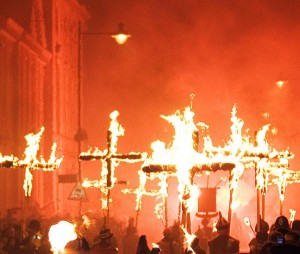
Lewes’s bonfire is a huge occasion with 3,000 performers alone and 80,000 visitors. Photo: andrewdunnphoto.com
Lewes is still unhappy about the 17 martyrs they lost during Mary’s unpleasant persecutions. On their festival 17 crosses are carried amongst some 3,000 participants and the 80,000 spectators need to beware of the tarred barrels that roll down the hill in flames. Wokingham enjoys a calmer walk to Cantley with its own participants preferring to carry the occasional candle. So much more civilised….
Some quirky facts can be found on a Daily Telegraph article (just click here)

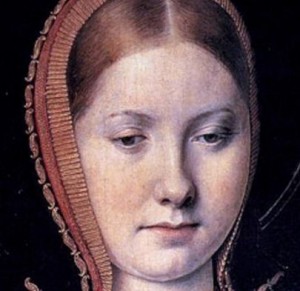
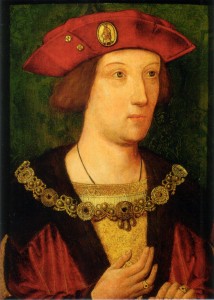
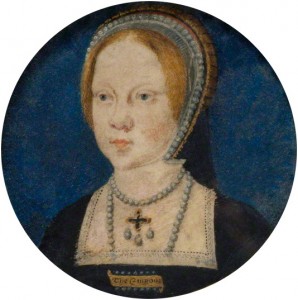
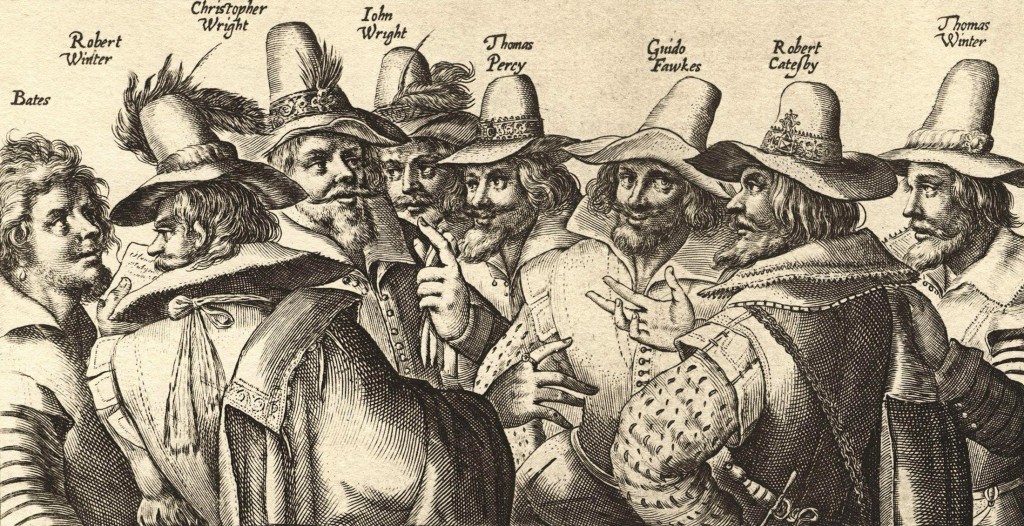
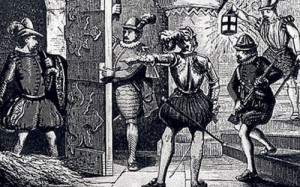
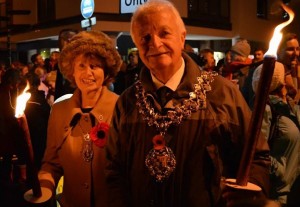
Your article, ‘The fateful meeting’, seems to have the wrong year in the headline, although correct in the italics text. Catherine of Aragon met Arthur Tudor on 5th November , 1501.
What is the source for the legend that you quote? Are there any local or private records in any language (Spanish, English, Latin) of the encounter at Dogmersfield?
Hi there Brennus. Thanks for your question on the source. I’ll check out where it came from but probably the Finchampstead Chronicles. I wouldn’t get too excited though because it was a legend probably without the proverbial smoking gun evidence. The purpose of telling the legend was to highlight the richness of the history which exists around Wokingham because of its placement inside the bounds of the Royal Forest of Windsor. Nine Mile Ride for instance was for Queen Anne to folliw the hunt in later years. If you have more of a picture on the subject it would be great to hear more.
Kind regards
Mike Churcher
I’ve made title amendment thanks.